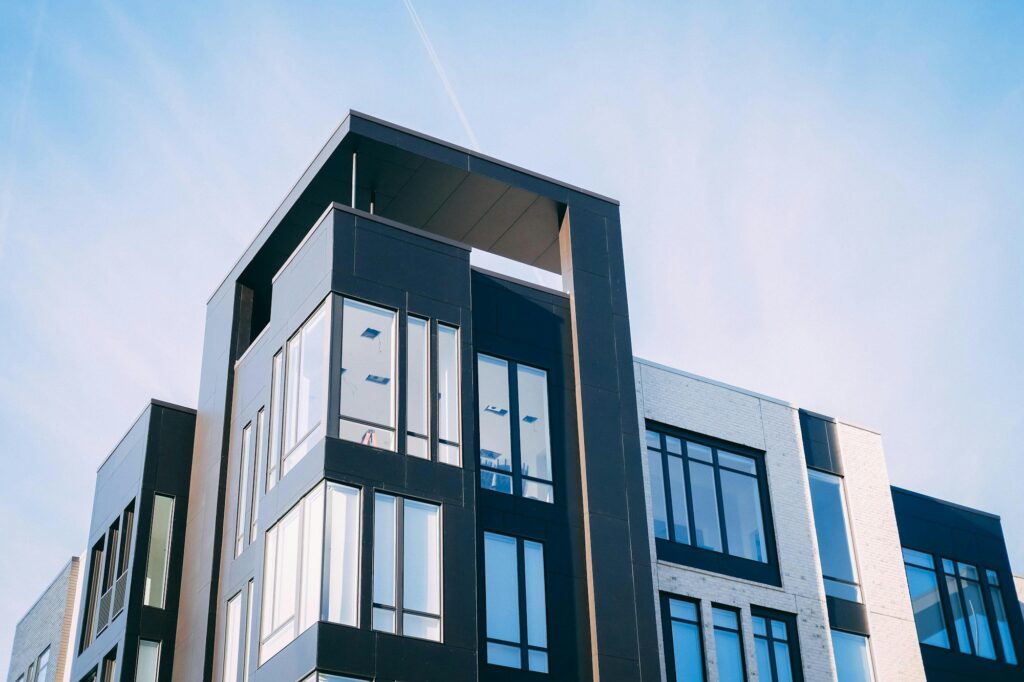With an increasing number of students enrolling for university year after year, and a shortfall in student accommodation, developers and property managers face the daunting challenge of meeting the ever-growing demand for quality housing while ensuring affordability, accessibility, and optimal space utilisation.
Amidst this complexity, computer vision functions as a powerful tool to guide decision making for student accommodation development opportunities. This article will look at the benefits of computer vision, from creating opportunities for revenue to enhancing security and more.
Applying computer vision to student accommodation
When it comes to developing purpose built student accommodation (PBSA), developers face many questions. How will these spaces be used? Do we need to make provisions for social areas? If so, how many and where? How much wasted space sits across our portfolio currently and how can we mitigate that in future?
Answering these questions has, up to now, relied on an intimate knowledge of the spaces, plus qualitative factors, resident feedback questionnaires, or simple gut feeling. However, as the need to optimise every square foot of space grows increasingly important, we can no longer rely on these things solely – we need data to make decisions.
To that end, advanced algorithms and computer vision systems can extract valuable insights from existing video streams, transforming raw data into actionable intelligence. In the realm of student housing development, computer vision can serve as a powerful tool for truly understanding space utilisation, while at the same time analysing tenant behaviour to strategise the next steps for development without second guessing.
How can occupancy analytics tool assist in PBSA?
Fyma is a tool that uses existing camera feeds to provide asset owners with real-time insights into space utilisation and tenant behaviour, empowering them with the facts so they can optimise the provision of space, thereby enhancing the tenant experience. We all hear of the need to make data-driven decisions, and Fyma’s advanced analytics does just that, arming developers with the information they need to maximise ROI and stay ahead of the evolving market trends in the PBSA space.
How it works
Computer vision operates seamlessly with existing CCTV systems to provide comprehensive insights into student accommodation spaces. Through the use of advanced algorithms and machine learning , Fyma can analyse real-time and historical video data captured by CCTV cameras.
These algorithms can detect patterns, recognise objects, and extract valuable information regarding space utilisation, foot traffic patterns, and occupancy rates. All done with one eye on privacy, never capturing identifying factors of any individual.
What are the benefits of computer vision for PBSA development?
Fyma can assist with PBSA development in many ways, helping developers approach new housing projects or adapt existing ones with a crucial understanding of how, why and when spaces are used. Here are some key advantages:
Enhancing tenant experience
One of the paramount objectives of student housing development is to create a conducive environment that fosters student well-being and academic success. Analysing foot traffic patterns, dwell times, and engagement levels gives developers a way to optimise common areas, tailor amenities, and more. The upshot of this is proven – it boosts overall tenant satisfaction.
Whether it’s for communal spaces, study areas, or access points, every aspect of the living experience can be fine-tuned to meet the evolving needs of students, taking into account each stage of the development cycle.
Driving operational efficiency
Efficient property management is essential for ensuring the smooth functioning of student accommodation. Fyma can be employed to simplify maintenance management processes and helps to reduce operational costs, or enhance security measures.
For example, if a particular area or asset is prone to heavy usage, like an elevator, whereas another is not, it could feed into maintenance planning for the upkeep of that particular facility or asset.
Maximising commercial potential
Beyond enhancing tenant experience and operational efficiency, AI-powered space planning opens up new avenues for revenue generation. Through the use of analytics, identifying underutilised areas and analysing occupancy trends becomes much easier to achieve, so developers can strategically optimise the allocation of space (too many common areas, or not enough?) or capitalise on premium placements (the best location for a commercial pop up, like a vending machine), thereby maximising the revenue potential of the property beyond its initial purpose.
Empowering adaptive space management
Student needs are continuously changing. The acceleration of online learning in the wake of the pandemic has changed perceptions of the best way to learn. Despite initial challenges, attitudes toward online learning have improved. A majority of students (57%) now feel more positive about online learning than before the pandemic. Similarly, 58% of faculty members have a more favourable view of online teaching.
Computer vision can assist in the decision making process as student behaviour changes, challenge these assumptions or validating them. For example, do we need more breakout areas for impromptu remote learning? Fyma condenses these insights, which can be used to support the decision making process when it comes to external factors like the shift to remote education.
So as the student housing landscape continues to change and new developments are needed more than ever, AI-powered space planning and computer vision can act as an enabler for innovation and transformation.
Technologies like Fyma gives developers and property managers a fuller picture of PBSA, helping them create spaces that not only meet the needs of today’s students but also anticipate the demands of tomorrow, using data-driven insights based on fact, not gut feeling.
Book a free demo and find out how Fyma can help you make better decisions.
